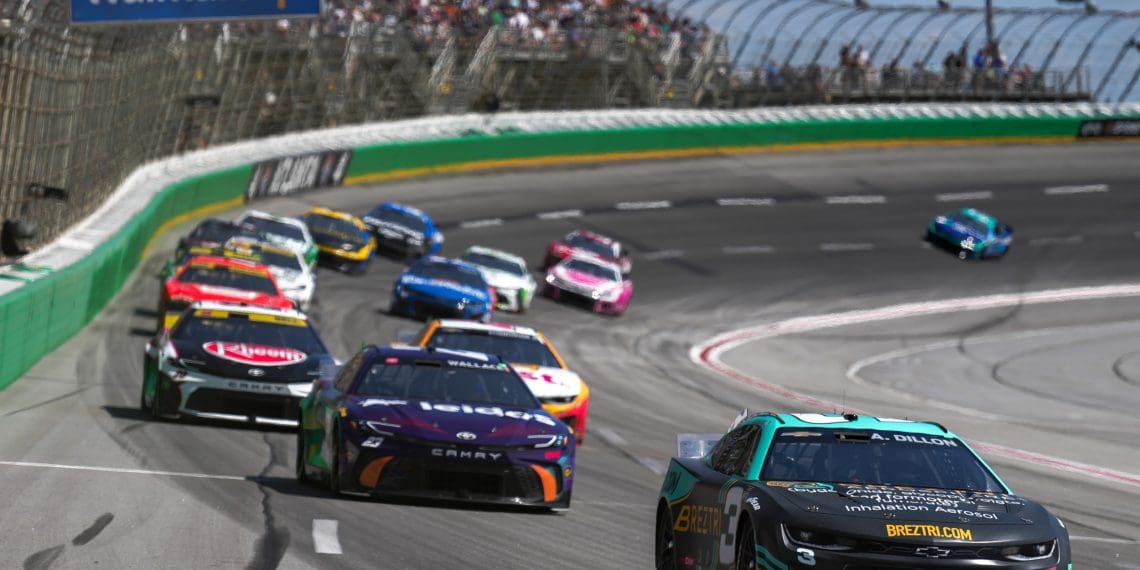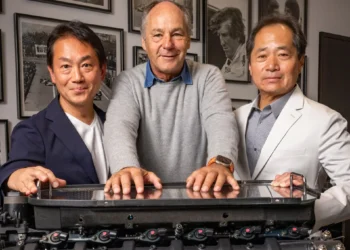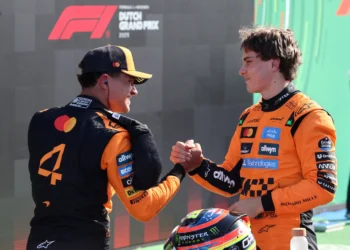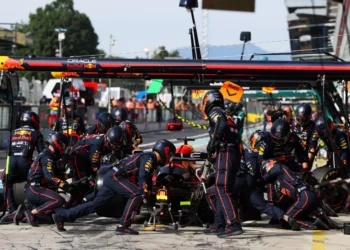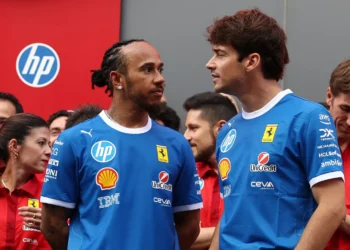In the wake of a shocking crash at the 2025 Daytona 500, NASCAR finds itself grappling with issues of driver safety once again. The incident involving Ryan Preece painted a glaring spotlight on the effectiveness of NASCAR’s safety strategies. Despite walking away from the catastrophic crash, Preece’s incident has reignited debates about superspeedway racing’s safety measures and NASCAR’s approach to mitigating risks.
Superspeedway racing was once a thrilling spectacle of unpredictability and skill, but it has devolved into a high-speed wreck-fest. NASCAR’s efforts to reduce car speeds, ostensibly to enhance driver safety, have paradoxically made accidents more violent. Preece’s harrowing experience at the Daytona 500 served as a stark testament to this, proving that slower speeds do not necessarily equate to fewer accidents. Instead, they might intensify the consequences when they do occur.
In response to the crash, NASCAR reverted to its previous solution from 2018, slowing down the cars. Yet, industry veteran Denny Hamlin remains unconvinced. He argues that the real issue lies not in the speed of the cars but in the way they race. According to Hamlin, NASCAR’s rules that cap car speeds at around 175 mph inadvertently cultivate tighter pack racing. This, in turn, heightens the likelihood of aggressive moves and severe accidents. Hamlin suggests that allowing speeds up to 200 mph could grant drivers more space on the track, potentially reducing collision intensity. He emphasizes addressing the root cause—current speed limits and aerodynamic packages—is key to enhancing driver safety, rather than merely reacting to accidents as they occur.
The crux of the issue is that when NASCAR forces cars into tight packs, drivers lose their escape routes when trouble arises. This results in a domino effect, where one mistake triggers a destructive chain reaction. Before NASCAR altered the 2018 package, drivers could build and sustain runs, separate from the pack, and make bold moves without wreaking havoc on the entire field. This unpredictability and raw action were what made superspeedway racing a thrilling spectacle.
However, this changed following Jamie McMurray’s Talladega crash in 2018. After his car flipped violently at 203.975 mph during practice, NASCAR’s response was to slow the cars down, add drag, and eliminate the ability to break away. This transformed superspeedway racing into a single-file parade or a crash-ridden pack-racing event, stripping away the excitement for fans and reducing the control drivers had over their fate.
Following Preece’s crash, NASCAR’s senior vice president of competition, Elton Sawyer, reiterated the organization’s commitment to investigating and improving safety measures. This approach aligns with NASCAR’s long-standing practice of looking into major crashes and making incremental adjustments. However, as Hamlin and other drivers have pointed out, these reactive changes often fail to address the root cause of the problem—pack racing forced by speed restrictions.
Sawyer noted that Preece’s car performed as expected under the circumstances, but the accident has sparked renewed debates about safety protocols at tracks like Daytona, where the risk of cars going airborne remains high. This incident has not just raised concerns about the immediate aftermath but also about potential future accidents if safety measures aren’t further refined.
As NASCAR grapples with the aftermath of Preece’s crash, the question remains: Will it continue to make minor adjustments, or will it take a bold step toward fixing the true issue? The answer may lie in reinstating the core principles of the 2018 package: reducing the spoiler size, sealing off the sides, and eliminating the diffuser. By allowing the cars to regain instability, drivers can regain control over their fate instead of being compelled into a chain of wrecks.
Ryan Preece’s close call serves as a sobering reminder that the next time, someone might not be so lucky. It’s time for NASCAR to take decisive action before that becomes a reality.

